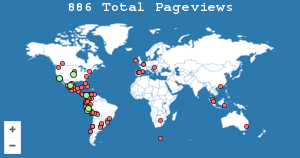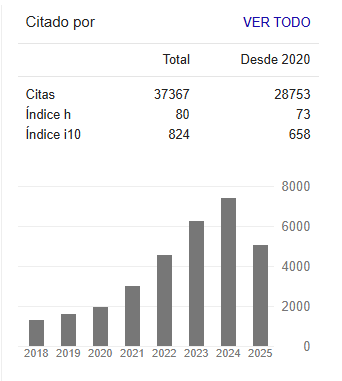Paraísos fiscales en entornos de pandemia (COVID-19)
Resumen
Con más de 7,7 millones de afectados por el coronavirus en todo el mundo y más de 422.700 de fallecidos producto de este virus a junio de 2020 (The Financial Times Limited , 2020), las cifras de desempleo están afectando ferozmente a los más jóvenes del planeta y se refuerza la idea de una recesión a nivel global. Eso hace que se vuelva de gran importancia los ingresos fiscales de los países para solvertar los gastos y políticas públicas asociadas. Por ello, el presente estudio busca analizar una de las prácticas que afectan seriamente la recaudación fiscal: que empresas usen los precios de transferencias para pagar impuestos usando filiales en países con bajas tasa impositiva (paraísos fiscales), perjudicando el ingreso fiscal del país de origen. Para este análisis, se utiliza como metodología el modelo econométrico multinivel de Bartelsman y Beetsma (2003). Los resultados obtenidos sugieren que las empresas multinacionales no presentan fielmente su información financiera en los países de origen, concluyendo que no se informan el verdadero beneficio, trasladándolo a paraísos fiscales vía precios de transferencias. Se concluye que los reportes entregados por las empresas multinacionales a entidades públicas no reportan los beneficios o ganancias reales, toda vez, que estos beneficios o ganancias son trasladados a jurisdicciones o países de menores tasas de impuestos.
Citas
Chung, H., y Beretvas, N. (2011). The impact of ignoring multiple membership data structures in multilevel models: Ignoring multiple membership. Journal of Mathematical and Statistical Psychology, 65(2), 185-200. 10.1111/j.2044-8317.2011.02023.x
Ganuza, E., León, A., y Sauma, P. (2000). Gasto público en servicios sociales básicos: la situación regional. Papeles de población, 6(24).
Hines, J. (2010). Treasure Islands. Journal of economic perspectives, 24(4), 103-26.
Hines, J., y Rice, E. (1994). Fiscal Paradise: Foreign Tax Havens and American Business. The Quarterly Journal of Economics, 109(1), 149-182.
Hox, J. (2010). El analisis multinivel, técnicas y aplicaciones. 2° edición. New York: Routledge. Taylor & Francis group.
Murillo, F. J. (2008). Los modelos multinivel como herramienta para la investigación educativa. Revista Internacional de Investigación en Educación, 1(1), 45-62.
Organización para la Cooperación y el Desarrollo Económico (OCDE) (2000). Paraísos fiscales. http://www.oecd.org/acerca/
Schomberger, J., y López, J. D. (2007). La problemática actual de los paraísos fiscales. International law : revista colombiana de derecho internacional, 5(10 Edición Especial). https://revistas.javeriana.edu.co/index.php/internationallaw/article/view/13969
Sigler, T., Martinus, K., Lacopini, L., y Derudder, B. (2020). The role of tax havens and offshore financial centres in shaping corporate geographies: an industry sector perspective. Regional Studies, 54(5), 621-633. https://bit.ly/3taF5gD
Tanzi, V. (2001). La globalización y la necesidad de una reforma fiscal en los países en desarrollo. https://bit.ly/3t1DdX8
The Financial Times Limited (2020). https://www.ft.com/








.png)






























